3D printing has become popular with manufacturers since it provides flexible design, rapid prototyping, cost-effectiveness, waste reduction, and a way to increase sustainability in manufacturing. We’re used to seeing 3D-printed toys, shoes, tools, and now even homes, which I’ve explored in a previous video. But what if we could print solid-state batteries? Could this really work and be viable? Let’s explore how 3D printing may be helping to drive sustainability.
Many industries around the globe have been developing new technologies to reduce carbon emissions, produce clean electricity, store it safely and cost-effectively. When it comes to electric vehicles, electronic devices, and renewable energy storage, lithium-ion batteries have been transformational, but they’re not perfect. Issues regarding safety, costs, energy density, and capacity still hold back widespread adoption of EVs and energy storage systems for renewable energy around the globe. Alternatives for conventional lithium-ion batteries have continued to pop up, but solid-state batteries are still being held up as one of the more promising technologies. But, in order to bring these batteries to the market more cost-effectively and produce less waste, some companies have been 3D printing solid-state batteries.
Before we get into 3D-printed batteries … why the interest in solid-state batteries at all? Solid-state batteries have emerged as an alternative to traditional lithium-ion since they improve safety, size, and weight. The main structural difference between traditional lithium-ion and solid-state batteries is the electrolyte, which separates the cathode (positive pole) and the anode (negative pole). Instead of using a liquid electrolyte, the solid-state battery uses … anyone? … anyone? … a solid electrolyte. The name kind of gives it away.1

The increasing interest in this technology is mainly due to its higher energy density when compared to what we use today. Giving out the same kWh rating of a traditional lithium-ion battery, the solid-state pack will be lighter and smaller.
From the manufacturing process perspective, conventional liquid electrolyte lithium-ion batteries are manufactured by layering up four sheets of material: a conductive material, an anode, a cathode, and an electrolyte. The most common process is a jelly roll construction, which rolls the layers into a cylinder shape. This roll-to-roll process imposes forces during manufacturing. The sheets need to be thick enough to not damage while the battery is built, resulting in larger size and weight, and also cost.2 3
The reason we haven’t seen solid state take the world by storm yet is all about manufacturing. Most of these batteries require unusual manufacturing techniques and machinery. In addition, they require extremely dry conditions during production, which increases complexity. One possible solution to bring solid-state batteries to the market in a cost effective way may be to 3D print them.4 3D printing, a.k.a additive manufacturing, has evolved as a key sustainable technology since it produces less waste and provides more flexible and efficient designs.5
Simply put, unlike conventional manufacturing processes, which carve an object from a large piece of material, like metal, 3D printing accurately builds items layer by layer using resins, carbon fibers, and also materials like graphene and graphite. By doing this, additive manufacturing can reduce the amount of scrap waste from 70% to 90% compared to conventional methods, like CNC manufacturing and injection molding. It’s no surprise, then, that 3D printing has grown substantially in the last few years. The size of this market jumped from $4.4B in 2013 to $21B in 2021, which is about a 477% increase. 6 7
The history of additive manufacturing traces back to the 1980s when the first patent application for Rapid Prototyping (RP) – as 3D printing was called at that time – was filed by Dr. Kodama, in Japan, in May 1980. However, the full patent specification wasn’t filed within the one-year deadline after the application.8 So a few years later Charles Hull was the first patent issued for stereolithography apparatus (SLA) in 1983, becoming the first patented 3D printing technology. In SLA, the object is printed layer by layer, rinsed with a solvent, and hardened with ultraviolet light. This process is called photopolymerization. 8 9 10
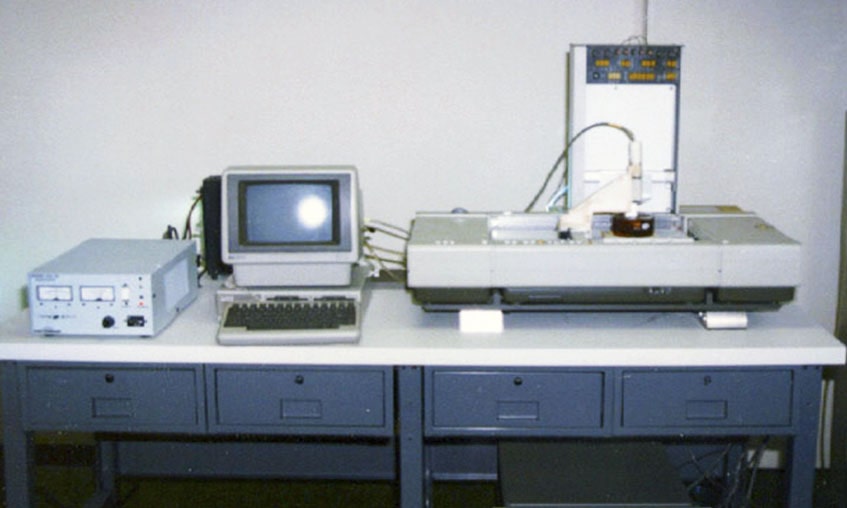
In 1989, Carl Deckard was issued a patent for Selective Laser Sintering (SLS). This method utilizes a laser to fuse powder grains together, layer by layer, into an object. And when compared to SLA, SLS can create more complex shapes. 8 10

In the meantime, Scott Crump, a co-founder of Stratasys Inc., filed a patent for Fused Deposition Modeling (FDM), which was issued in 1992. This is the most popular method of 3D printing at the consumer level, which you may be familiar with, and works by expelling thermoplastic filaments through a heated nozzle, melting the material, and laying the plastic layer by layer on a build platform. 11 10
During the 1990s, the main companies in the 3D printing field emerged with new techniques like binder jetting, selective laser melting, and new CAD tools that unlocked the potential of 3D models.
Then, in 2004, the RepRap Project was started and it had the goal of 3D printing a 3D printer. It’s like 3D printing inception. And yes, it’s possible to do that. In 2005, ZCorp launched the first very high-definition color 3D printer, and in 2008, 3D printing gained a lot of attention from the media when the first 3D-printed prosthetic limb was manufactured. 10
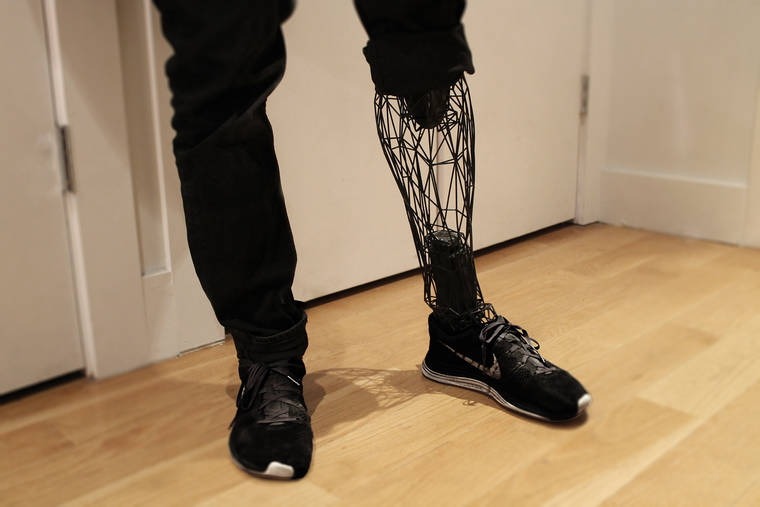
3D printing has been used to build several innovative items from different industries. The examples range from small scale applications, like a 3D-printed bionic eye that could help blind people to see, to large scale 3D printing of boats and even homes, which I’ve covered in my 3D-printed house video. And now 3D printing has reached the battery market.12


The California-based startup Sakuú (formerly KeraCel) used 3D printing technology to build a solid-state cell of 3Ah, which is the capacity of three AAA alkaline batteries. Their battery design uses a lithium-metal anode, and a ceramic electrolyte as the separator.
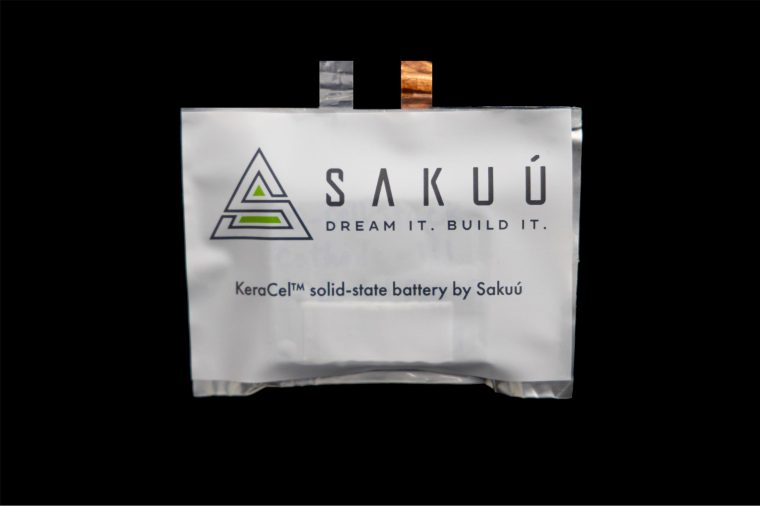
To 3D print the battery, Sakuú used the binder jet printing process developed by MIT. In this technique, a liquid binding agent is put onto a thin layer of powder, which can be either metal, sand, ceramics, or composites. Then, the powder is recoated and the process repeats, layer by layer, until the object is finished. Currently, Sakuú can combine both metal binder jetting and ceramic binder jetting in a single build. Using additive manufacturing like this, they can rule out elements that don’t contribute to the battery’s performance, reducing the overall size and weight. 13 14

The manufacturing process of 3D-printed solid-state batteries is more straightforward than the traditional manufacturing process, which can result in lower production costs. The 3D printing technology also provides flexibility to build batteries of any shape with the same printer. Since a ceramic electrolyte is used in these batteries, there’s no liquid that could heat up and cause problems.2
Arwed Niestroj, a General Manager at Sakuú, said:
“…The big advantage is that we use much less material than is used in traditional batteries because we can print every layer much, much thinner than the current manufacturing tech will allow…That makes it possible to produce batteries that have double the energy in the same volume. Or we can make a battery with the same amount of energy at half the cost because we’re using only half the material.” -Arwed Niestroj2
The cells produced by the company are only half the size and a third lighter than conventional lithium-ion batteries with the same capacity. On top of that, its technology uses 30-50% less material to achieve the same energy output.15
The CEO-Founder at Sakuú, Robert Bagheri said:
“…Over the last year, we have improved our battery energy capacity by a factor of 100 and our volumetric energy efficiency over 12 times and are planning to begin volume production of the batteries in early 2022 to meet the needs of our strategic partners…” -Robert Bagheri16
Since last year, the company has boosted the energy density of its solid-state batteries from 40Wh/l to 600Wh/l, the cell count from 1 to 30, and the capacity from 2.3mAh to 3,000mAh. On the flip side, when it comes to energy density, conventional lithium-ion batteries can give 250-670 Wh/L. 17 18
Recently, the company started to build a pilot line to produce its 3D-printed solid-state batteries with an annual capacity of 2.5 MWh, with the ability to expand it to 1 GWh in 2022 via a fleet of Sakuú AM Platforms. They’ve raised $62 million of funding that will be used to launch the first generation of its batteries in 2022, as well as the future release of its second iteration 3D battery printer. 18 19
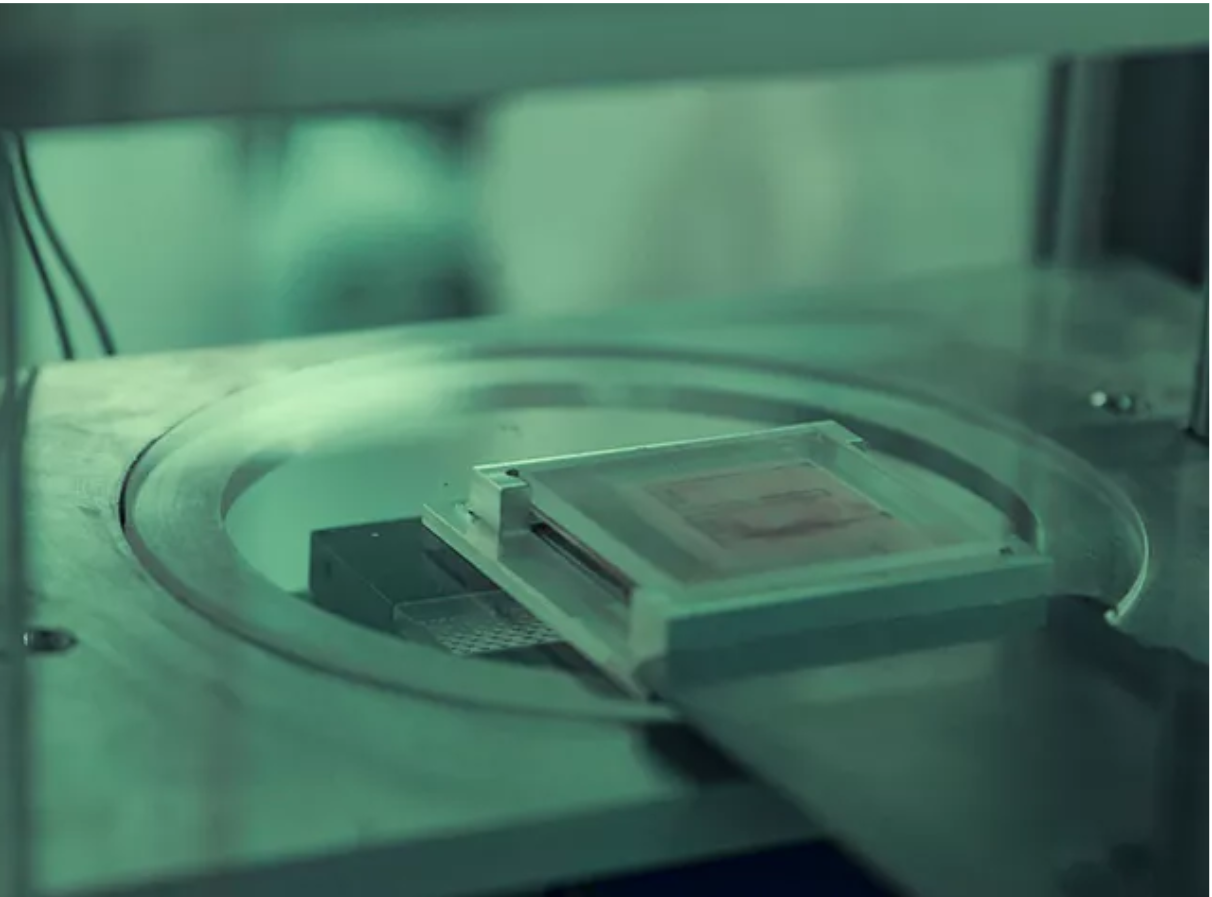
However, Sakuú isn’t the only game in town. Blackstone Technology, the German subsidiary of Swiss firm Blackstone Resources, announced that they’ve also 3D printed and tested a solid-state battery.
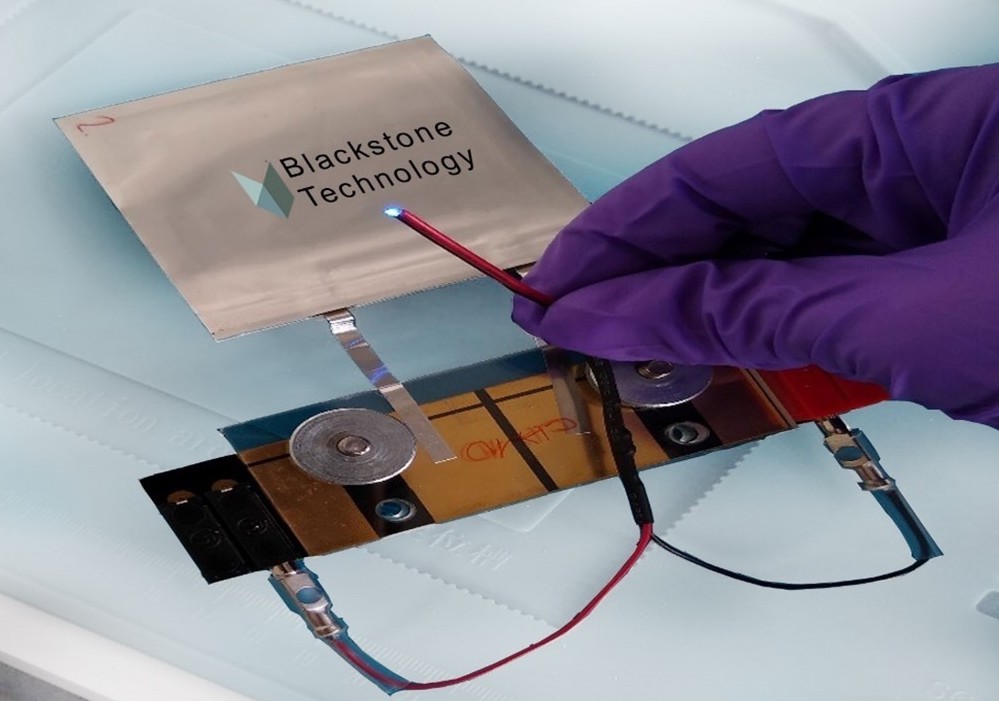
On October 13th, Blackstone announced that its 3D-printed batteries passed the UN 38.3 critical test after 33 battery cells were subjected to extremely adverse conditions like altitude, temperature, impact, and short circuits. That’s a great indicator towards the mass production of 3D-printed batteries. 20
Producing about one battery per second is the level needed to reach mass production, and Blackstone Technology believes that the production costs can fall below $65 per kWh at that point. Compare that to the current average cost of conventional lithium-ion batteries at about $140 per kWh. 21 22
The British 3D printer and materials manufacturer, Photocentric, is also investing in research and development of the 3D-printed solid-state battery technology. The company is using its patented Visible Light Polymerization (VLP) 3D printing technology, where a low-energy light source is used to polymerize liquid resins.
Photocentric has received a grant funded by the Advanced Propulsion Centre under their Technology Developer Programme (TDAP) to develop 3D-printed batteries. The company is aiming to produce batteries to be used in Tesla’s upcoming Giga factory. But, the project is still at early stages. 23 24
Since the popularization of 3D printing tech, its market has gained a lot of traction, and it’s expected that 3D printing will continue to grow … layer by layer. According to one report from Future Market Insights, the global 3D printing market is anticipated to see high revenue growth from around $16B in 2020 to $122.6B by 2031. 25
But even though the combination of 3D printing and solid-state batteries would bring several advantages – like increased sustainability and flexibility, in addition to reduced costs in manufacturing – 3D-printed solid-state batteries are still in the development and testing stage. For now, it’s hard to say when we’ll be seeing these batteries used in cars and cellphones, or even if they’ll perform as expected at an affordable price. But it’s definitely worth keeping a close eye on.
- Solid-State Battery 3D Printing Preps for Production↩↩↩
- SOLID-STATE BATTERIES WILL MEAN THE ADVENT OF 1000-KM RANGES AND 10-MINUTE RECHARGING TIMES↩
- What is a Solid-state Battery?↩
- Solid State Batteries, 2020-2026: Advantages in Power and Density are Low-Power Draw and High-Energy Density – ResearchAndMarkets.com↩
- How Sustainable is Industrial 3D Printing?↩
- How is 3D Printing a Sustainable Manufacturing Method?↩
- 3D printing market size worldwide from 2013 to 2021↩
- History of 3D Printing↩↩↩
- History of 3D Printing↩
- The History of 3D Printing: 3D Printing Technologies from the 80s to Today↩↩↩↩
- FDM vs. SLA: Compare the Two Most Popular Types of 3D Printers↩
- 5 Applications Showcasing 3D Printing Innovation↩
- 3D Printed Solid-State Battery Rivals Lithium-Ion↩
- What is Binder Jetting?↩
- Sakuu↩
- Sakuu Corporation Develops 3Ah Lithium Metal Solid-state Battery that Offers Improved Energy Performance over Market’s Existing Options↩
- What is a lithium-ion battery and how does it work?↩
- SAKUU TAKES TOTAL FUNDING TO $62M IN BID TO MARKET 3D PRINTED BATTERIES BY 2022↩↩
- Sakuu to start pilot line for solid-state batteries↩
- Blackstone Resources AG: 3D-printed battery cells pass critical tests↩
- Blackstone’s major milestone in 3D-printing solid-state batteries↩
- Lithium battery costs have fallen by 98% in three decades↩
- Photocentric – 3D Printed Batteries↩
- PHOTOCENTRIC COMMITS “SIGNIFICANT INVESTMENT” TO NEW 3D PRINTED BATTERY RESEARCH DIVISION↩
- 3D Printing Market↩

















Comments